The Apple AirPods Pro 2 are the rumored next-generation offering of the company’s popular noise-cancelling earbuds – and if the rumors are to be believed, they’ll be the most advanced true wireless earbuds we’ve ever seen.
The original AirPods Pro are among the best wireless earbuds you can buy, with immersive Spatial Audio support, active noise cancellation, and fantastic integration with the wider Apple ecosystem.
However, the next version of these buds are now rumored to come with a range of significant upgrades: we’ve heard about everything from codewords that can control the active noise cancellation to blood oxygen monitors embedded in the earbuds themselves, but how likely are such futuristic features?
Since the AirPods Pro 2 are expected to launch later this year (that’s according to respected analysts like Ming-Chi Kuo), perhaps the more fanciful ideas are just too futuristic - so let’s analyze the intriguing features we’ve heard about so far.
Noise cancellation codewords
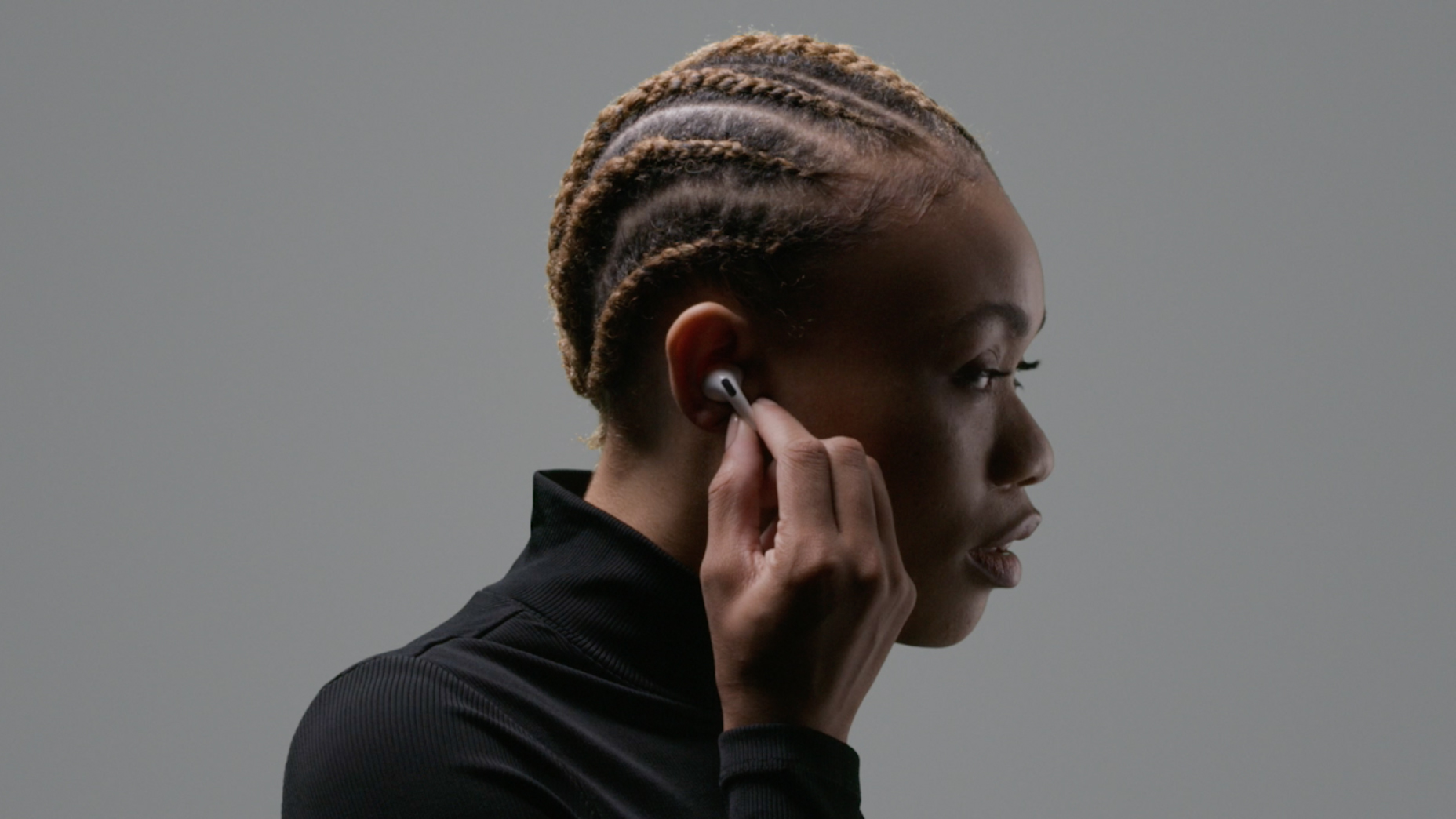
The most recent rumor circulating about the AirPods Pro 2 is that they’ll allow specific codewords and voices to ‘break through’ their active noise cancellation settings.
Spotted by Apple Insider, a new patent application called ‘Interrupt for noise-cancelling audio devices’ describes a new feature that’s designed to stop you from missing out on important conversations while active noise cancellation is switched on.
As explained in the patent, a user “may desire to be interrupted by pre-designation contacts… or by a person who speaks a designated keyword to the user”.
So, if your partner is shouting your name to say that dinner’s ready, future AirPods could turn off the active noise cancellation, enter Transparency mode, or turn off your music to allow you to hear them.
To stop any person from interrupting your music, you’d be able to pre-approve contacts known to you and your devices – and to determine whether you’re the one being addressed by these contacts, the AirPods could analyse the volume of their voice and how long it takes for their voice to reach you.
The patent also describes how this could work with codewords as well as voices, so you could train your AirPods to recognize when any person says your name, and turn off your noise cancellation accordingly.
How likely is this to happen? As with any patent, there’s no guarantee that the technology described here will actually make an appearance, let alone in a new version of the AirPods Pro that’s expected to launch in a few months.
This feature would be useful, and it certainly isn’t outside the realms of possibility that your iPhone could identify different voices and switch off your AirPods’ noise cancellation.
After all, Siri can recognize up to six different voices on the Apple HomePod and HomePod mini, and tailor its responses accordingly.
The technology required to make this feature work is definitely present – but whether it would be available at the time of the AirPods Pro 2 launch is another question. Apple has previously updated accessibility features on its AirPods range of products well after their launch dates, and we could see something similar happening here, perhaps to coincide with a new version of iOS.
Blood oxygen monitoring
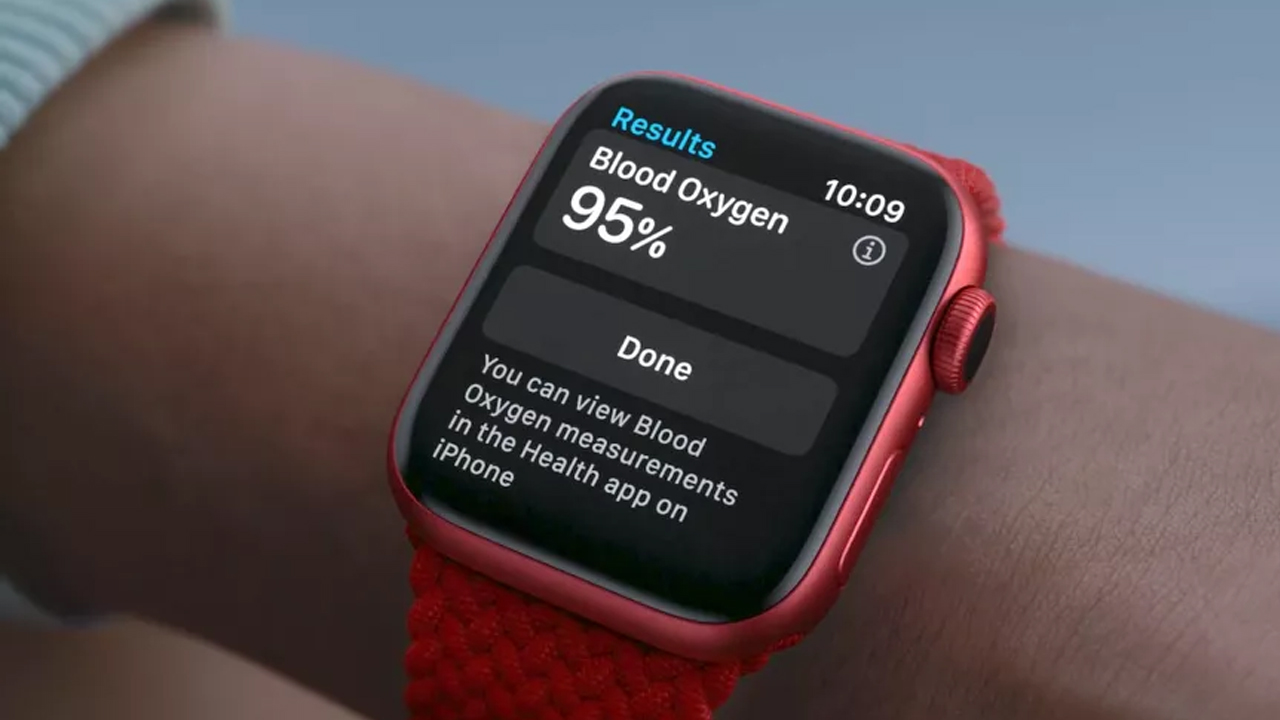
The rumor that future AirPods will be able to monitor your blood oxygen levels is something we’ve been hearing about for some time now.
A 2020 leak from LeaksApplePro claimed that the AirPods Pro 2 will specifically come with ambient light sensors, backing up a previous report by DigiTimes that said future AirPods will use ambient light sensors to take biometric measurements – potentially for monitoring blood oxygen levels, as seen in the Apple Watch 6.
This could work like the ear-based clip-on pulse oximeters used in hospitals, which shine light through the earlobe to detect the level of oxygen in a patient’s bloodstream.
This would allow the AirPods Pro 2 to collect fitness data and measure it over time – useful, if you’re using the earbuds as running headphones – and perhaps even monitor conditions that cause shortness of breath and low oxygen levels.
How likely is this to happen? We don’t think this one is very likely. The current AirPods Pro don’t rest on the earlobe in a way that would work for a blood oximeter, and integrating an actual ear clip would bring a drastic design change to the AirPods Pro. Of all the earbuds that this feature could come to, the Powerbeats Pro are more likely, since they hook around the ear and have more contact with the skin.
Saying that, the technology to do this does exist. In 2019, FreeWavs completed a successful crowdfunding campaign for a pair of fitness earbuds that can measure your blood oxygen levels, as well as other biometric data. However, the product never came to market, with the company citing issues with accurately detecting blood oxygen levels, and even contemplating releasing a version of the earbuds without this feature to appease its backers.
Apple is a much larger company though, and if any brand could make this feature work, it’s Apple. We’ve already seen Apple integrate a pulse oximeter into the Apple Watch 6, which offers the ability to measure blood oxygen levels. As Apple says, measurements taken with the Blood Oxygen app on the Apple Watch 6 are “not intended for medical use and are only designed for general fitness and wellness purposes”, which makes it ripe for fitness-focused headphones.
Gesture controls
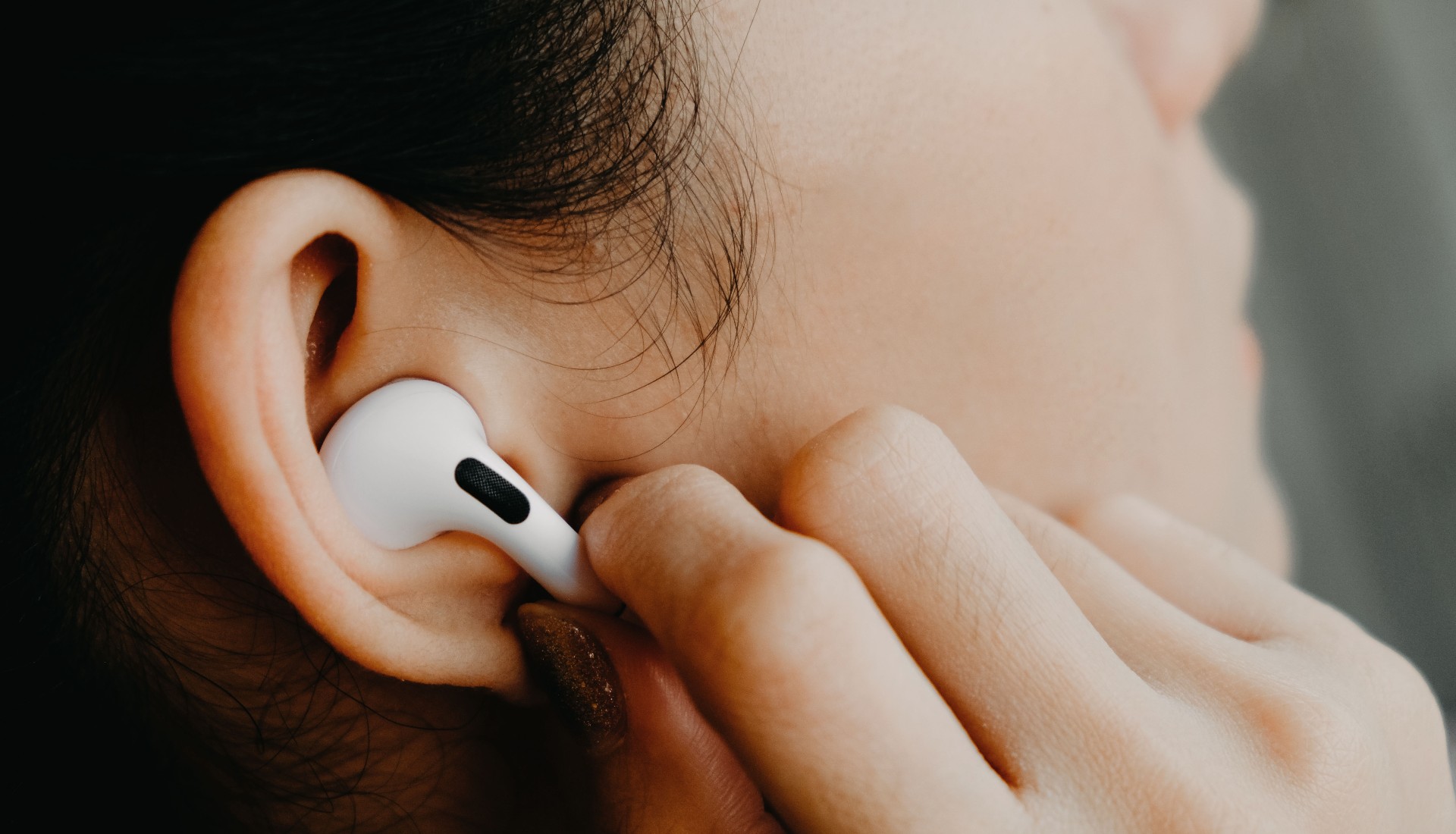
Like all of the futuristic AirPods Pro 2 features we’ve heard about, gesture controls is a rumor borne out of patents awarded to Apple.
The first was a 2020 patent that describes the ability to control a pair of true wireless earbuds with ‘in-air’ gestures – for example, hovering a hand over the AirPods to turn off the noise cancellation or pause your music. This feature would use capacitive sensors to detect the proximity of the user to the AirPods.
More recently, Apple filed a patent for even more ‘out there’ gestures, describing earbuds that could be controlled by touching your face, shaking your head, and clicking your teeth together. These actions wouldn’t even be limited to the user’s own body, with the ability to control the earbuds by touching another object – for instance, tapping a table or squeezing the arm of another person.
How likely is this to happen? Cupping an ear over your earbuds to pause active noise cancellation or your music doesn’t seem that far fetched, and we can see Apple implementing this with a next-gen pair of AirPods Pro.
However, we can’t see people using the more flamboyant gestures in public, and it would be very difficult for Apple to ensure these gestures are accurately picked up by the earbuds. We’ve seen gesture controls implemented in true wireless earbuds such as the TicPods 2 Pro, which allow you to accept calls by nodding your head, and reject them by shaking it. However, we have found that such controls rarely work well, if at all.
It’s rare for Apple to take these kinds of risks with its products, preferring to let other companies experiment with new technologies before implementing them itself. Apple products are known for working well and for delivering ease of use, and the company is unlikely to take a gamble on gesture controls if it isn’t confident that they’ll work every time.
What’s likely to actually change in the AirPods Pro 2?
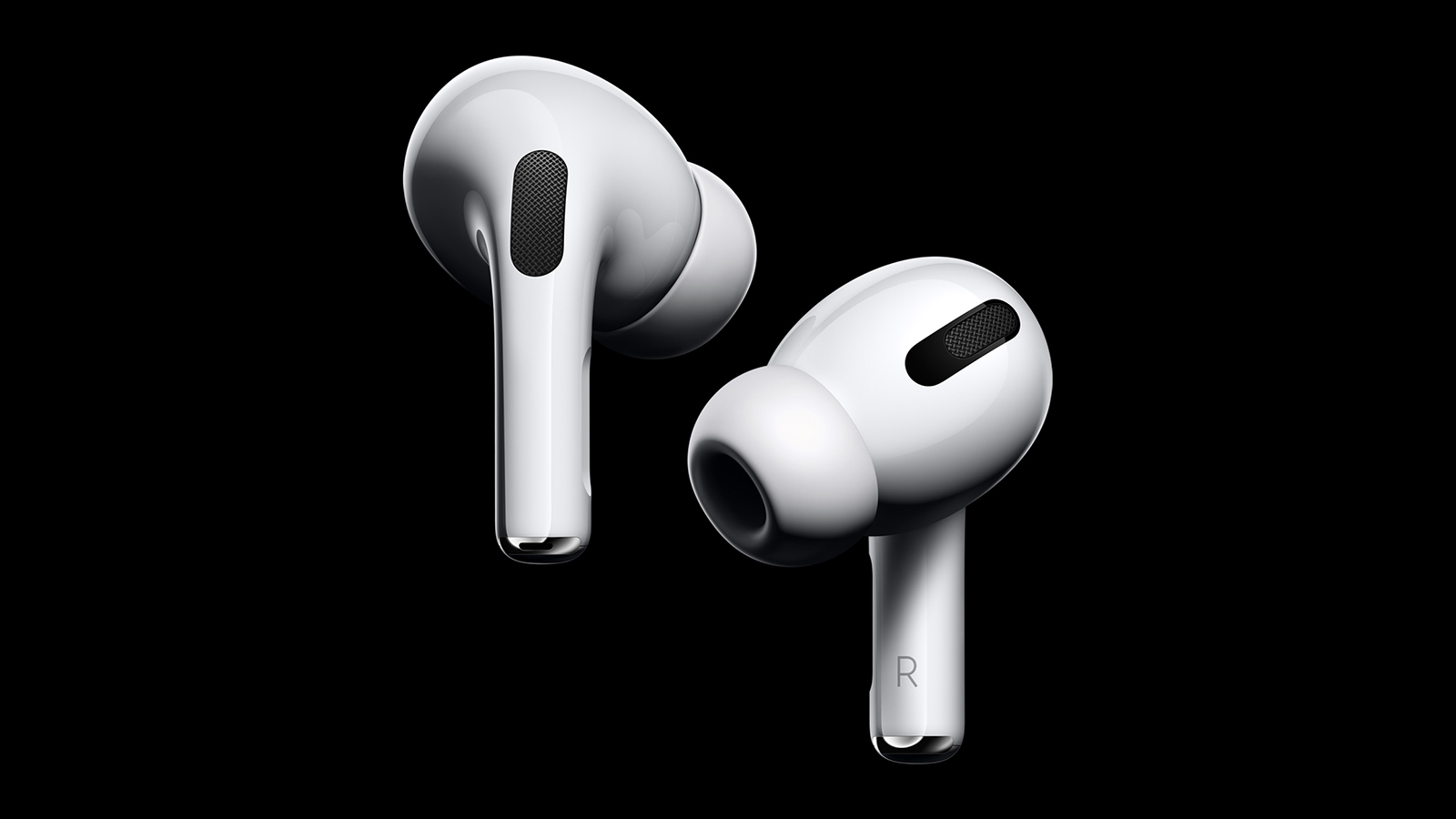
The rumored features that are most likely to come with the AirPods Pro 2 are less headline-grabbing than blood oxygen monitors and codewords, but they’re interesting all the same.
We can expect some improvements to the active noise cancellation technology; the AirPods Pro were released in 2019 and the technology has moved on since then, with models such as the Bose QuietComfort Earbuds offering near-silence with the ANC feature switched on. While Apple’s noise-cancelling earbuds do block out a good amount of ambient sound (especially if its a constant sound, like a rumbling train), you’re still able to hear things like music playing in a shared office.
We’re also hoping to see some improvements to the audio performance of the AirPods Pro, and we’d love for Apple to include an adjustable EQ so users could tweak the sound to their liking. This would let you dig into the different frequency bands - perhaps boosting the bass when you’re exercising to power you through your workout, or increasing the trebles and mids so voices sound clearer on podcasts.
Support for lossless audio and hi-res streaming is a possibility, too, as Becky Roberts, Hi-Fi and Audio Editor for What Hi-Fi? explains: “The AirPods 2 will likely be the first Apple headphones to launch since Apple Music went lossless and hi-res, and Apple will no doubt be keen for its headphone hardware and music software to be on the same page for audio quality, as is the case with its spatial audio technology.”

It’s not as simple as including support for a hi-res audio codec though. “The barrier to truly lossless support for headphones like the AirPods that rely solely on Bluetooth connection (i.e cannot be wired) lies in whether Apple can raise the ceiling of Bluetooth transmission quality, or find an alternative method to send high-quality music wirelessly to headphones.”
“We may be looking at an AirPods model further down the line for that,” she says. In any case, it’s clearly an issue that Apple is looking into. In an interview with What Hi-Fi?, Apple's VP of Acoustics, Gary Geaves said that “there’s a number of tricks we can play to maximise or get around some of the limits of Bluetooth,” but that “it’s fair to say that we would like more bandwidth”.
Truly lossless streaming, that doesn’t heavily compress audio files and reduce the detail in your music could be made possible with Qualcomm’s aptX Lossless codec, which can deliver CD-quality streams over Bluetooth, and is expected to start coming to headphones later this year.
Without the need to squeeze all the detail out of your music so that the files can be transmitted wirelessly, this codec should deliver a sound that closely replicates the quality that the musicians and engineers were working with in the studio at the time of recording.
Whether this technology will come to the AirPods Pro 2 remains to be seen - and as Roberts said, we still might not get fully lossless AirPods in 2022.
It’s also possible that the AirPods Pro will see a dramatic redesign in 2022, with Apple getting rid of the protruding ear stems that make its AirPods earbuds so instantly recognizable.
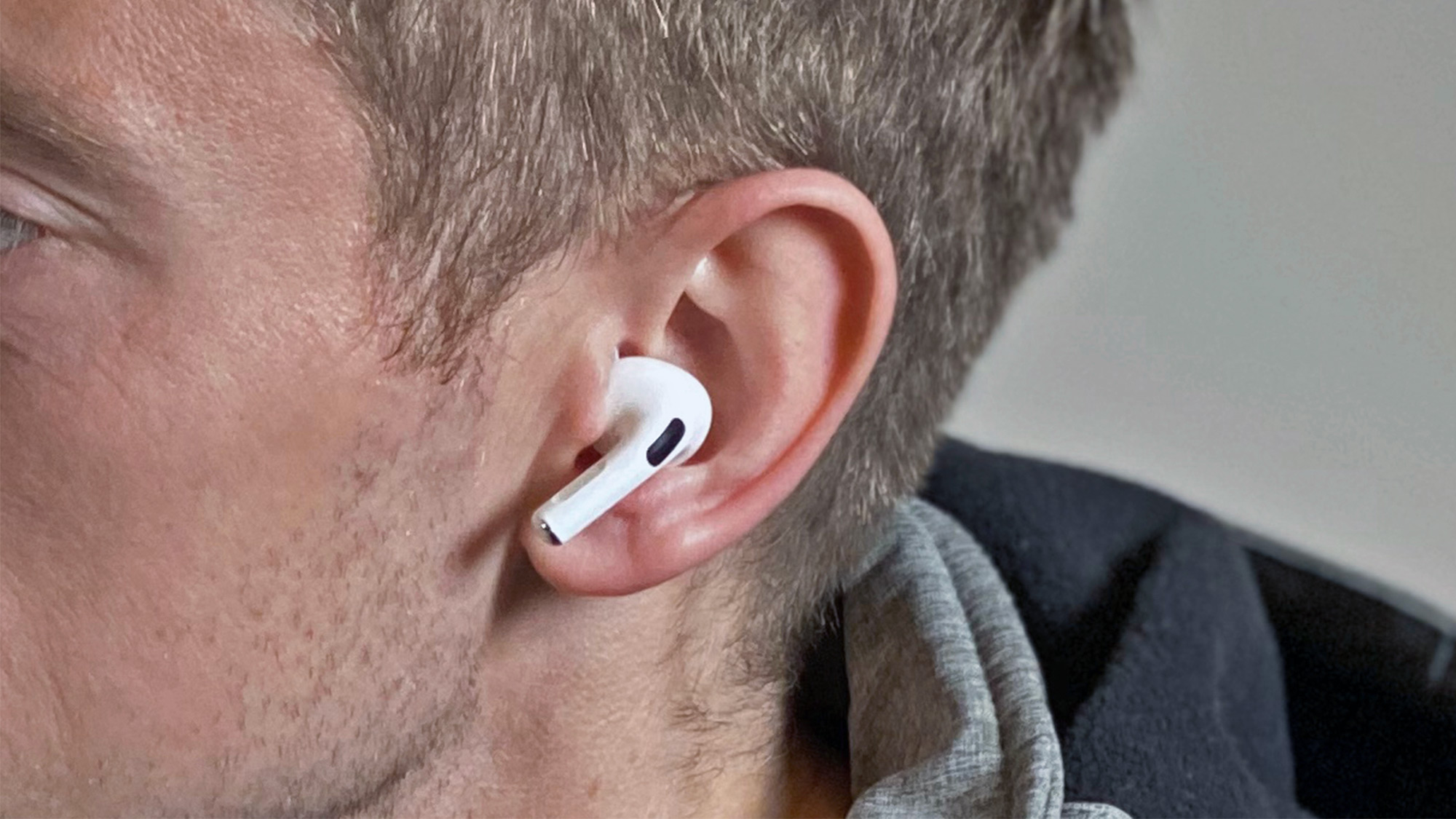
Of course, there’s no guarantee that any of these rumors will be proven right, or that the AirPods Pro 2 will even be released in 2022. Apple hasn’t confirmed that it’s working on the next generation of its noise-cancelling earbuds, and is very unlikely to do so before an official launch
Still, we’re pretty confident that the company will upgrade the AirPods Pro before the year is out. Three years after their release, the AirPods Pro are still a good pair of true wireless earbuds, but they certainly aren’t the best you can buy. Apple will want to change that by releasing a pair of earbuds that can compete with class-leading models from big competitors such as Sony, Bose and Sennheiser - and by focusing on more futuristic features, it could detract from areas it’s less adept in, like audio quality and noise cancellation.
Saying that, we daresay Apple will stay true to form and work on perfecting the less headline-grabbing features of the AirPods Pro before taking a risk on emerging technologies like biometric sensors, voice recognition, and gesture controls.
from TechRadar - All the latest technology news https://ift.tt/q6ZIPyeTc

0 coment�rios: